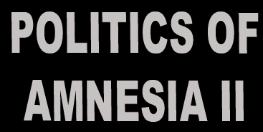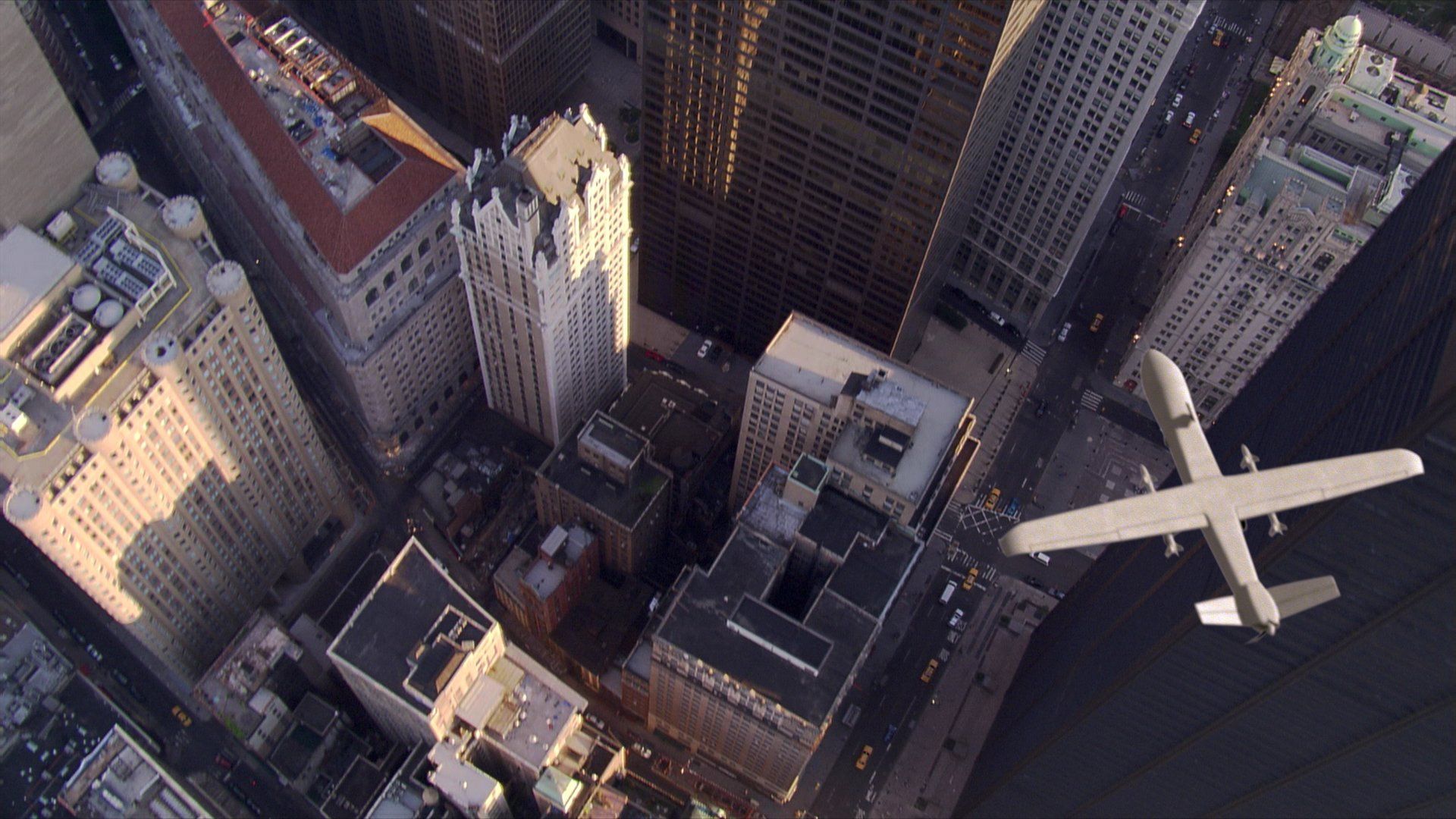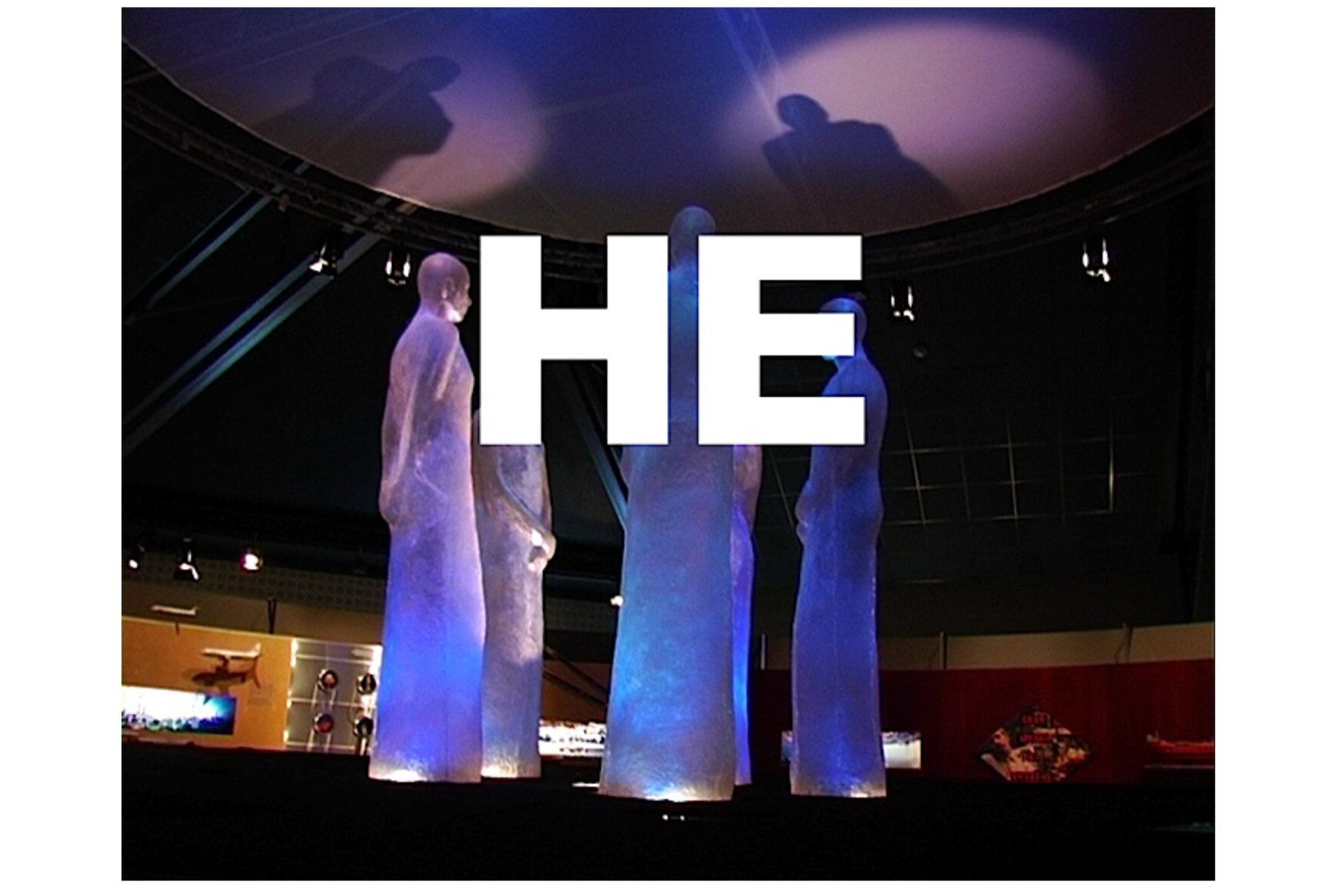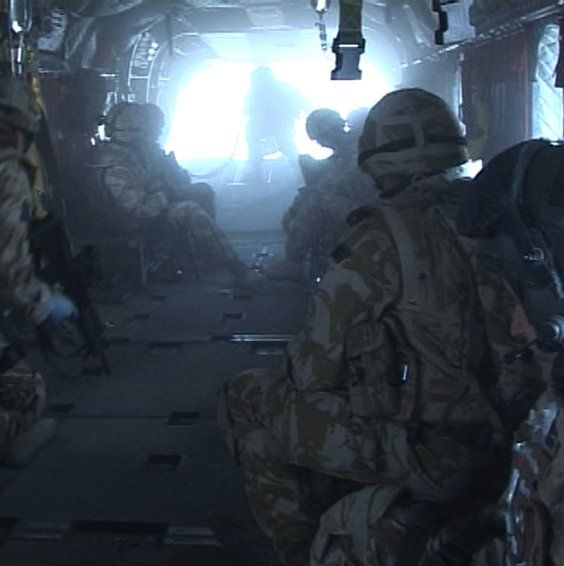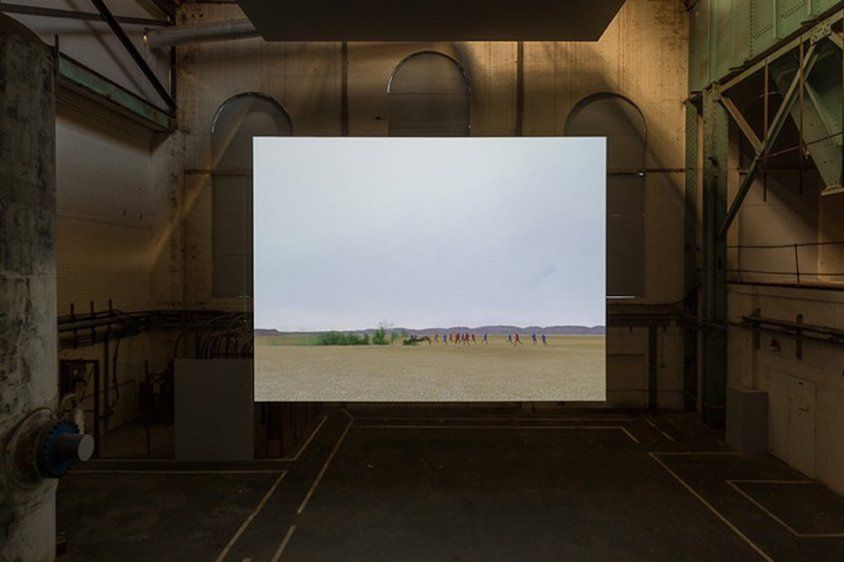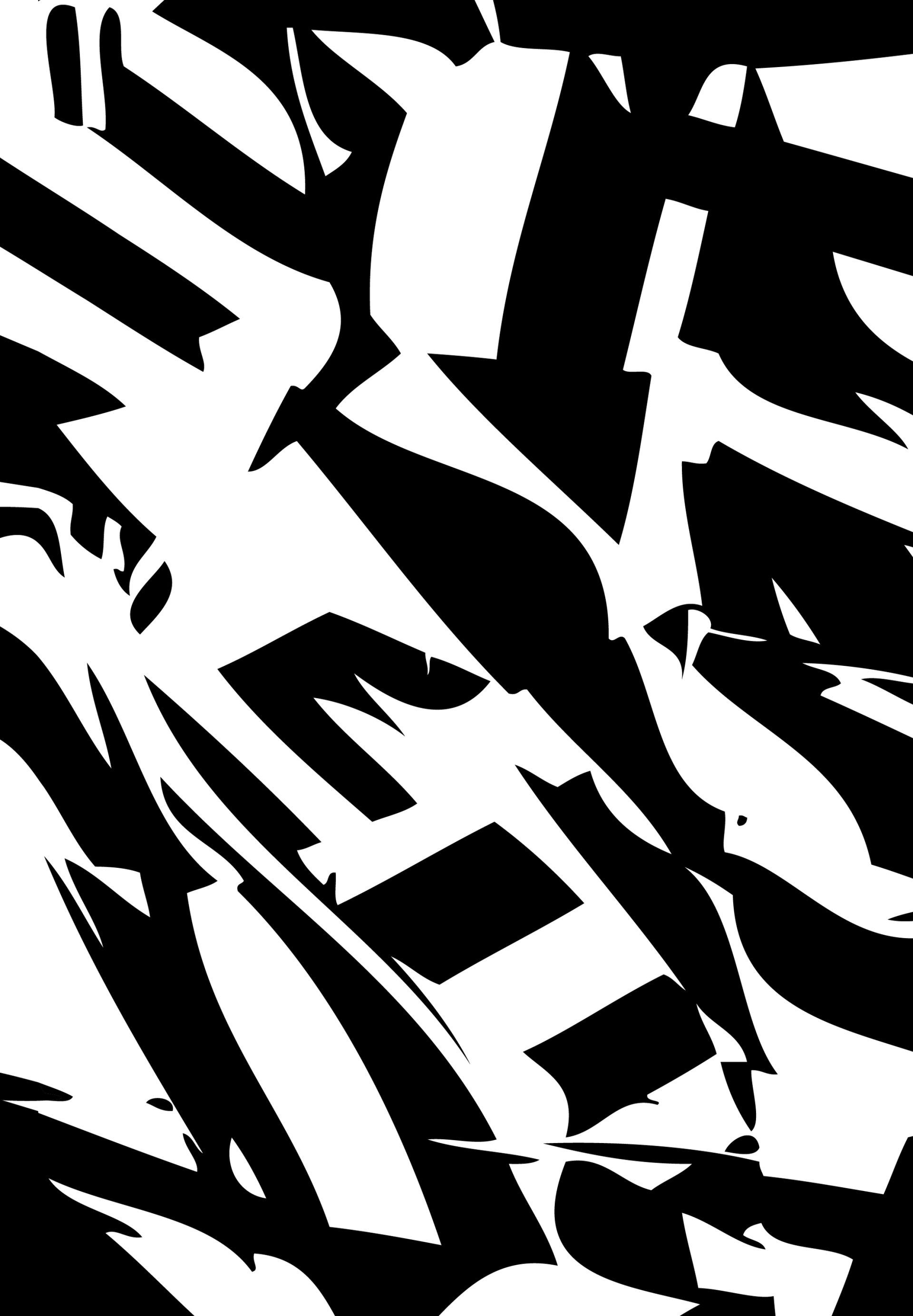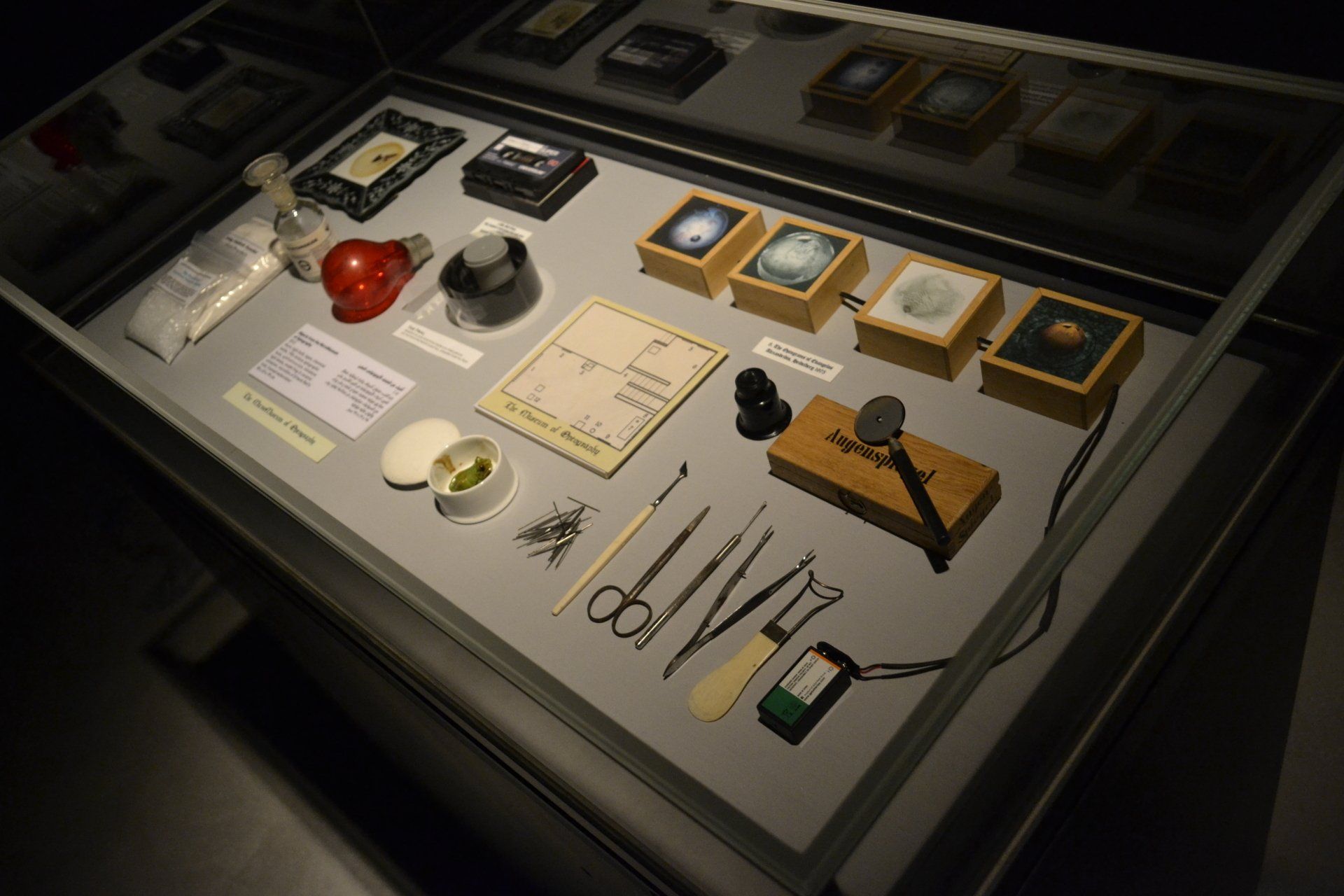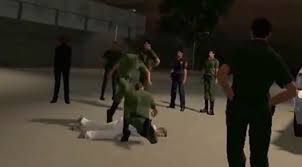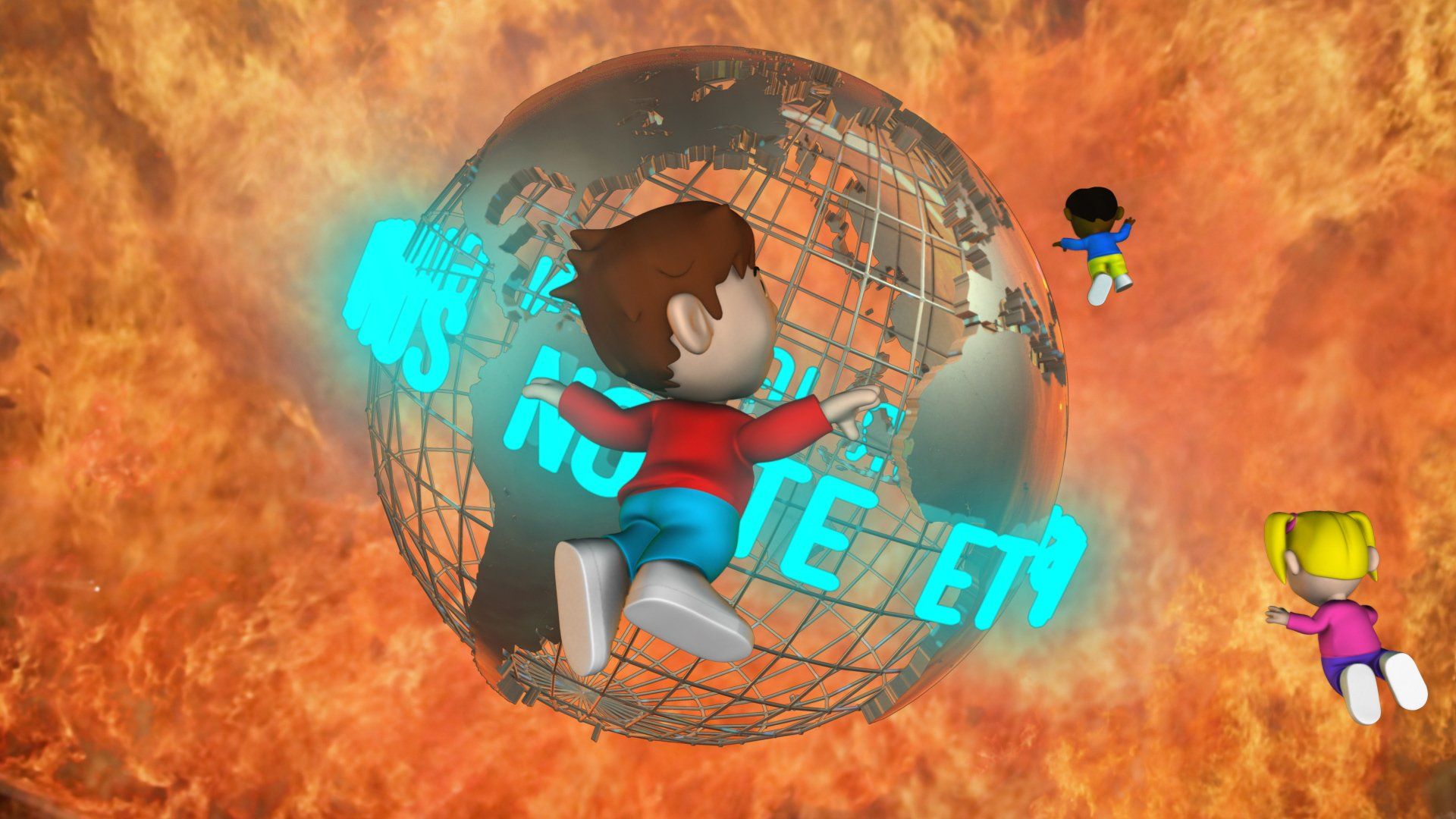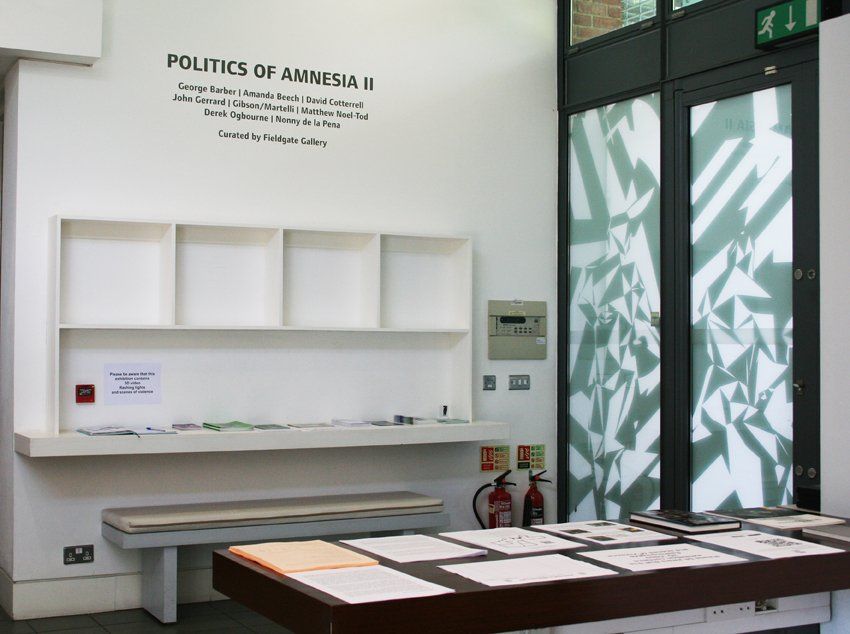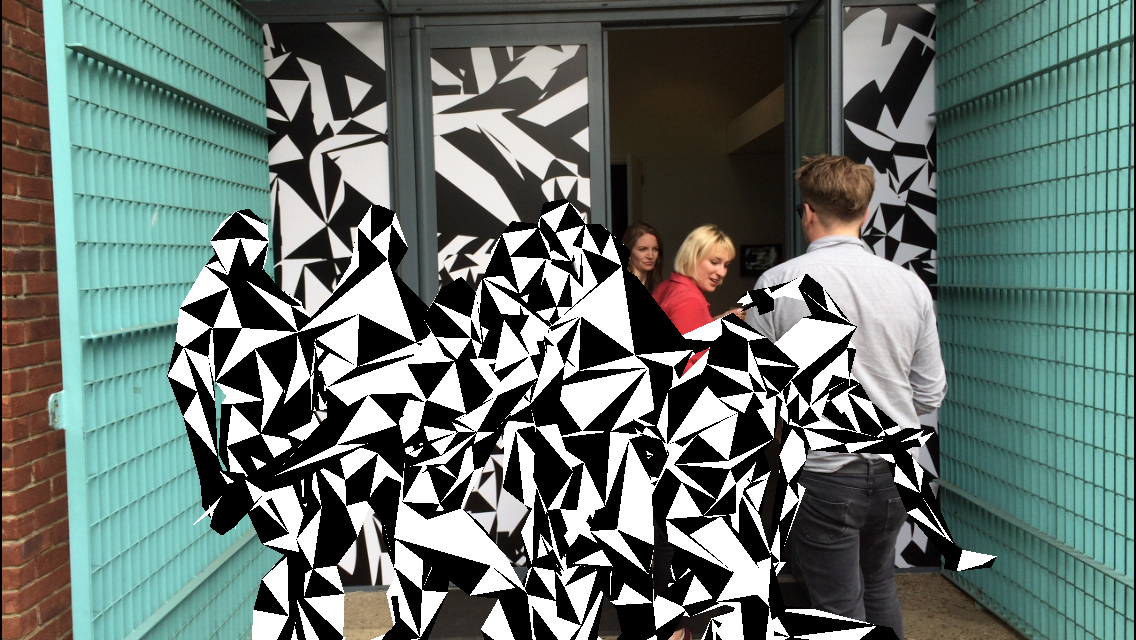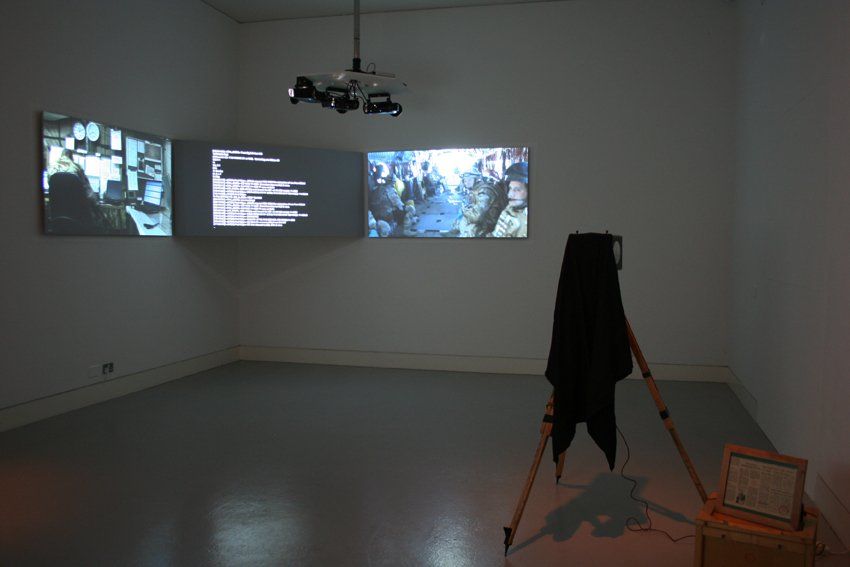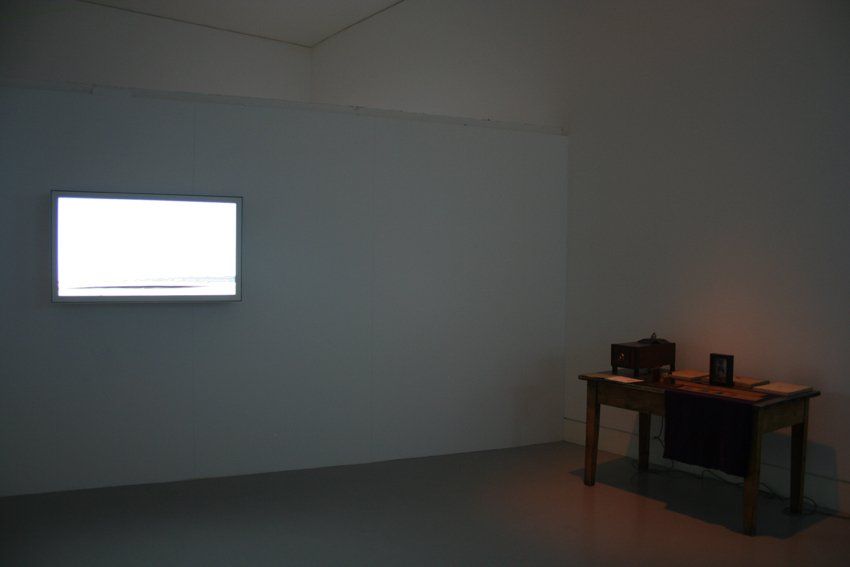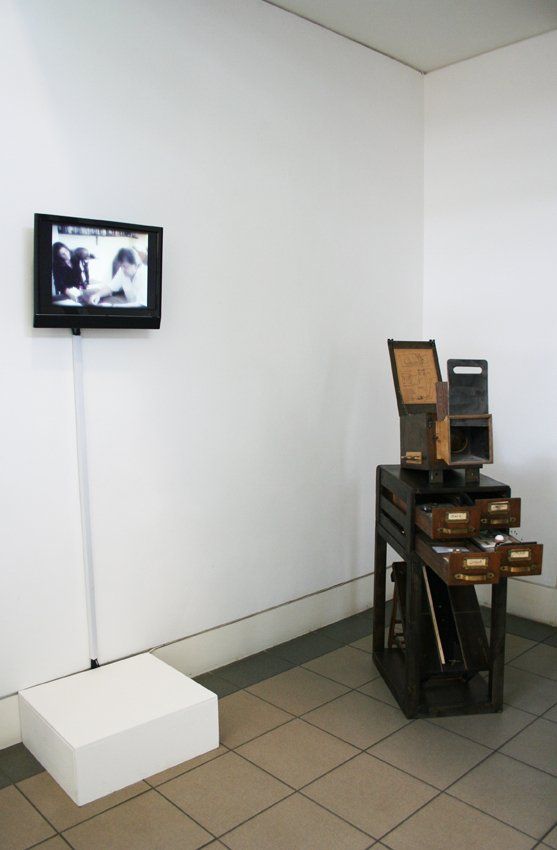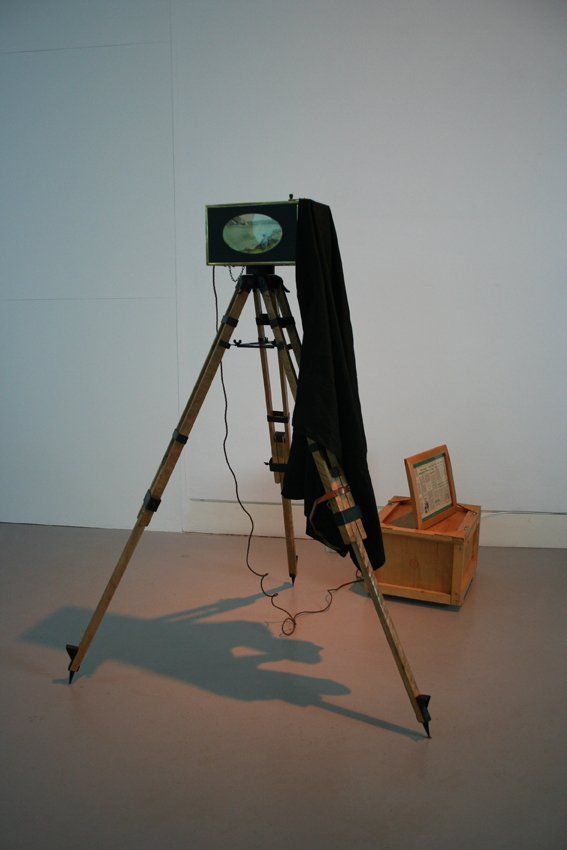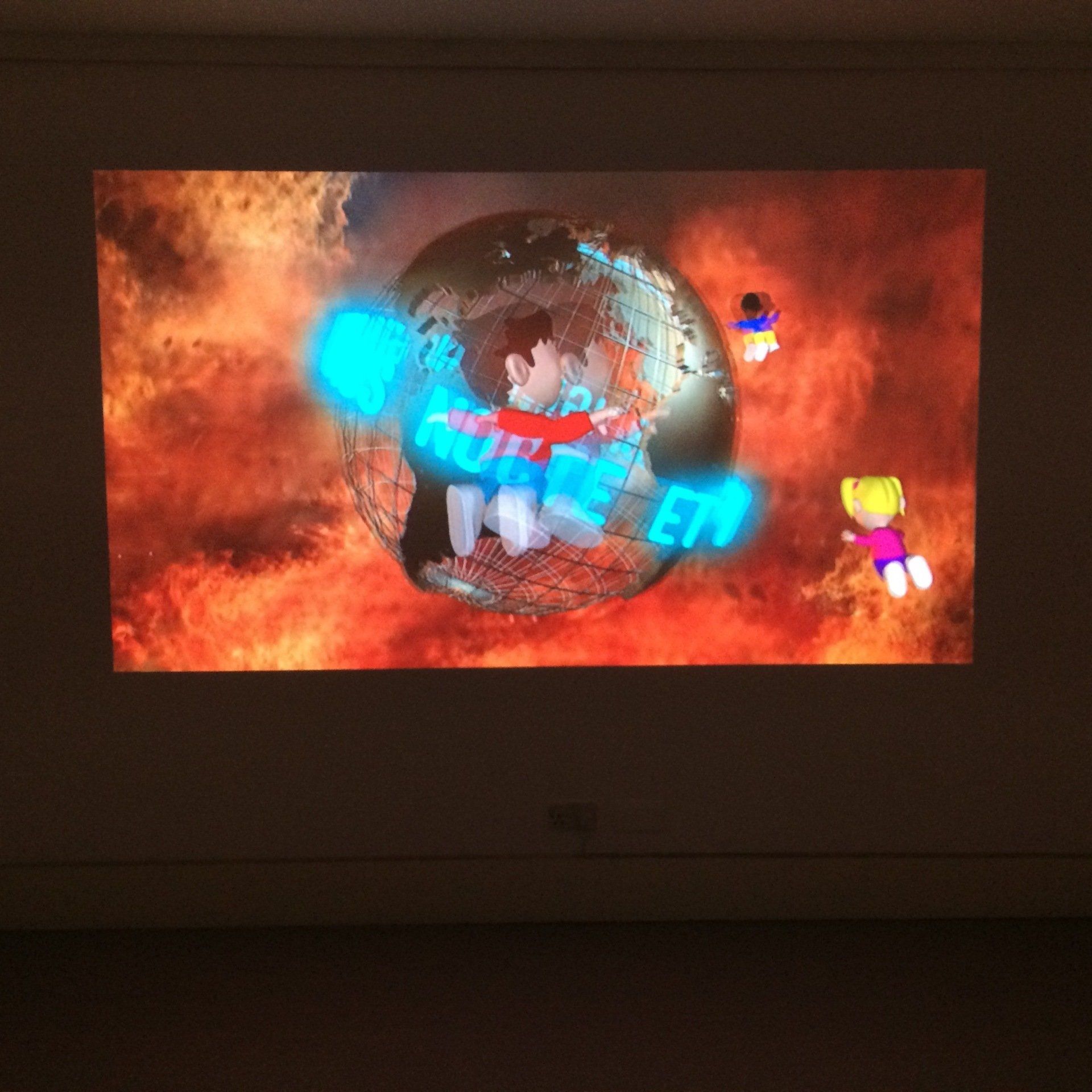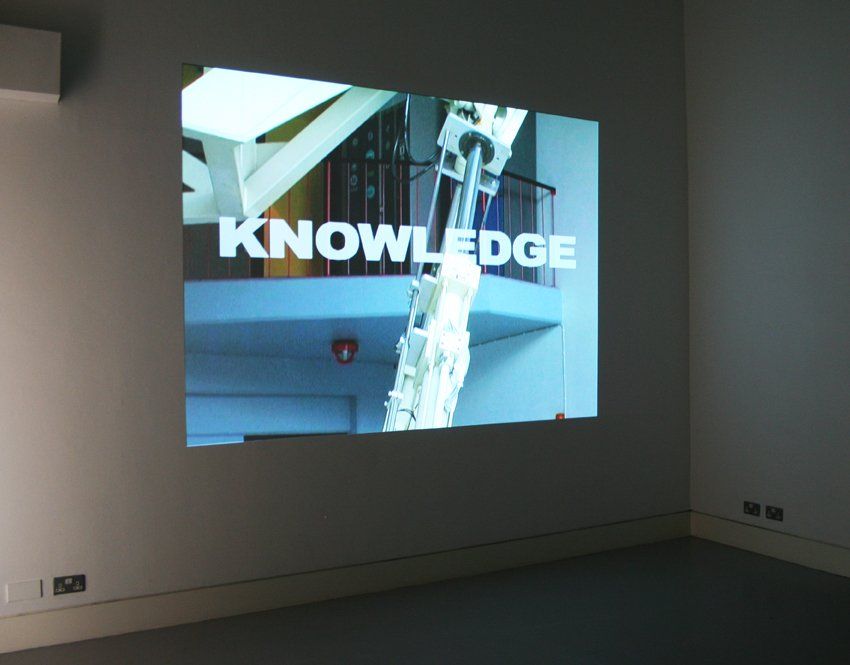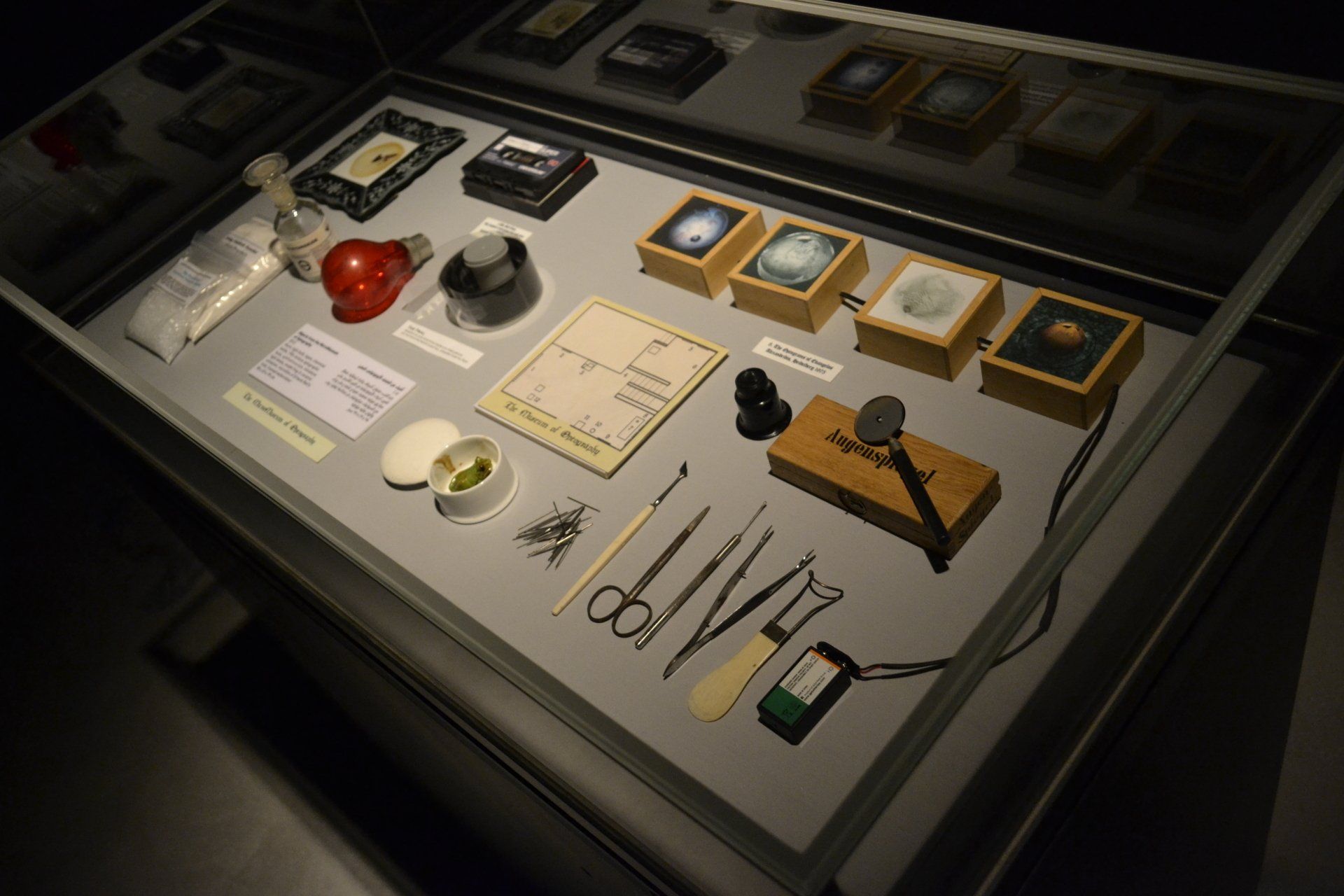GEORGE BARBER
George Barber, The Freestone Drone (2013) Video projection, 12.30mins
The Freestone Drone responds to unmanned weapons of war. The subject of drones regularly appears in the media and government, haunting and fascinating all in equal measure. Objectively, they are no worse than previous weapons of war but they hint at a dark Sci-fi future of unseen forces, undetected robots in the sky waiting to strike. Barber’s Freestone Drone is an unusual drone; he can talk - like Thomas the Tank Engine. And like Thomas too, he disobeys orders and causes confusion and delay. The Freestone Drone has a conscience. The Freestone Drone is a lyrical reaction to the apprehension that drones are eliciting worldwide.
George Barber is a well-established video artist. Recent exhibitions include Tate Britain, London; Waterside Contemporary, London; Dundee Contemporary Arts; Postmodernism, Victoria and Albert Museum; India: Visions from the Outside, Bruges, Belgium; Royal Academy Summer Exhibition and Automotive Action Painting, Tate Britain (with Film & Video Umbrella) in 2006. Barber is represented by Waterside Contemporary and is a Professor at UCA (University for the Creative Arts).
